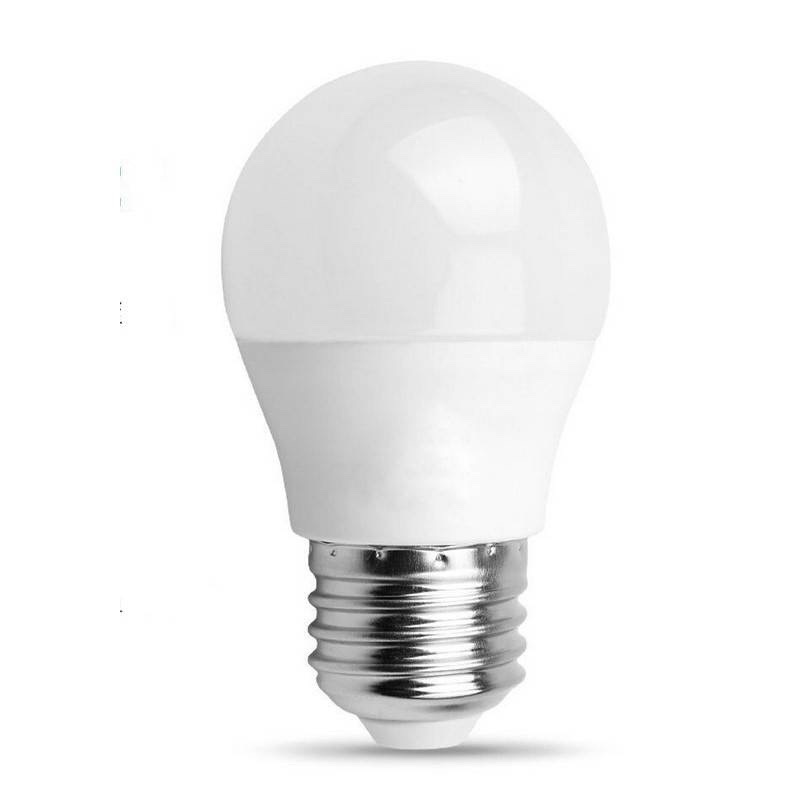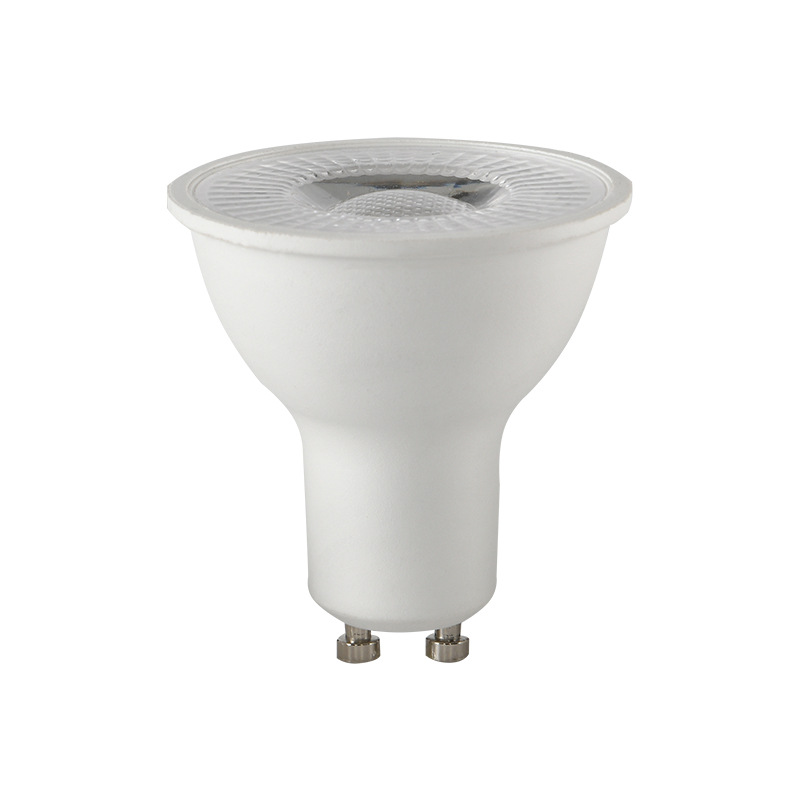Research finds that the suitable color temperature for men and women differs by 2000K!
Research finds that the suitable color temperature for men and women differs by 2000K!
Modern people spend 90% of their time indoors, but have you ever thought that the color temperature of the light may quietly affect the user's work efficiency and mood? The latest research found that men and women have completely opposite reactions to the light environment, and this conclusion may rewrite the underlying logic of lighting design!
Experiment reveals: When light "collides" with gender
100 subjects completed cognitive tasks in 6 strictly controlled light environments. The experiment only adjusted the color temperature (cold light/warm light) and illumination, and other variables were kept constant.
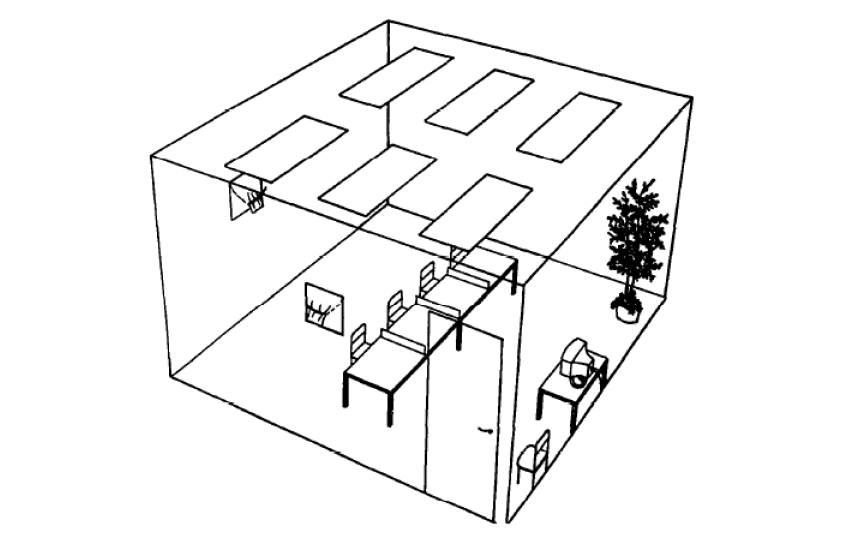
Men: Cold white light (such as 5000K) has the least negative emotions and better problem-solving ability;
Women: Warm white light (such as 3000K) significantly improves long-term memory and judgment, while cold light impairs performance.
In high-illuminance environments, gender differences are particularly evident in the impact on long-term memory.
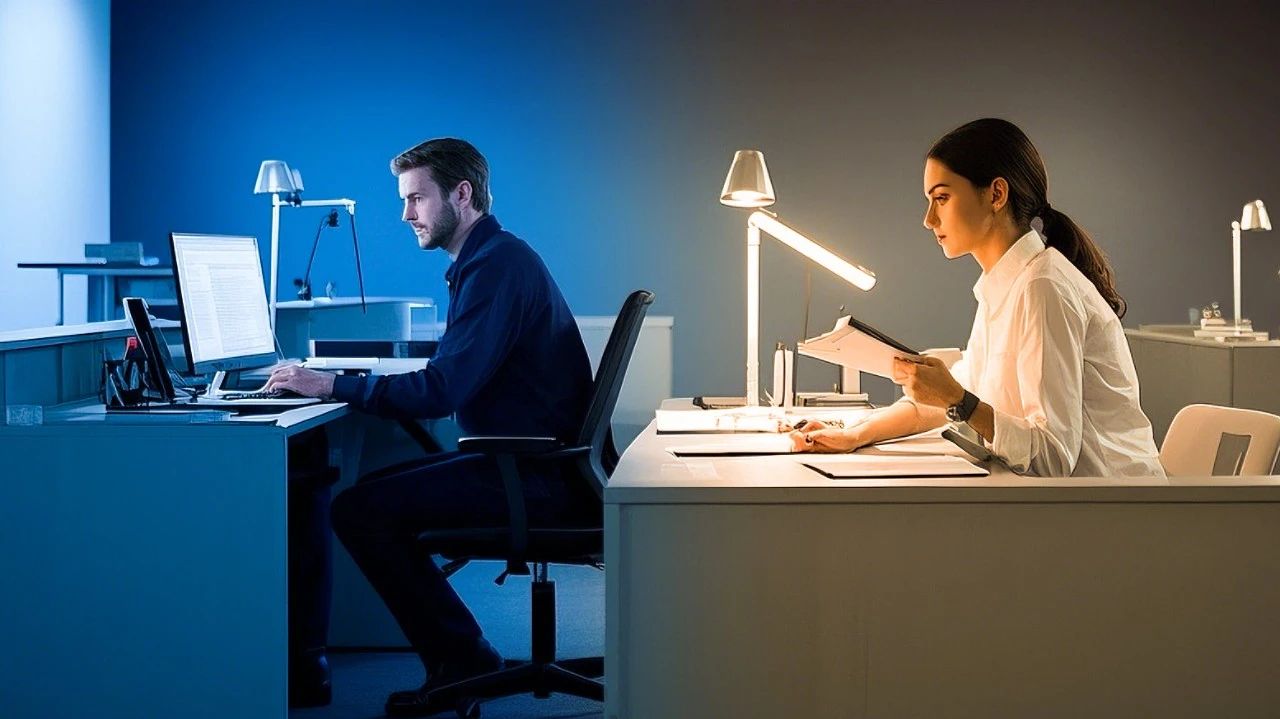
Why do men and women have "opposite" needs for light?
Researchers speculate that this may be related to physiological differences: men's adaptability to cold light may be related to lower melatonin secretion and higher alertness needs; women's preference for warm light may be due to the sensitivity of the visual system to low color temperature and the sense of security brought by warm light.
4 practical suggestions for designers
Office space: If the gender ratio of users is clear, the workspace can be divided into different areas: male workstations use cold light to improve efficiency, while female workstations use warm light to enhance concentration. For mixed scenarios, neutral light (4000K) is recommended to balance the needs.
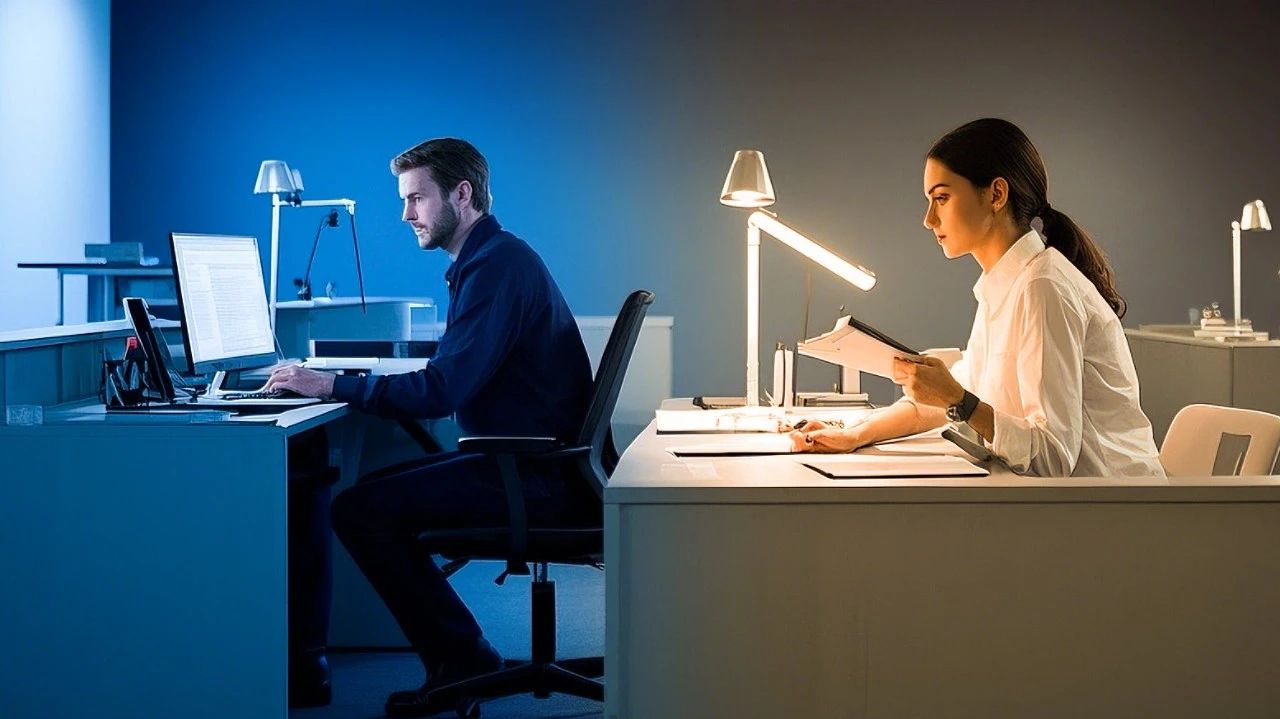
Educational places: Classrooms can try “dynamic dimming” – switching to cool light during exams (to inspire men) and warm light for class discussions (to support women).
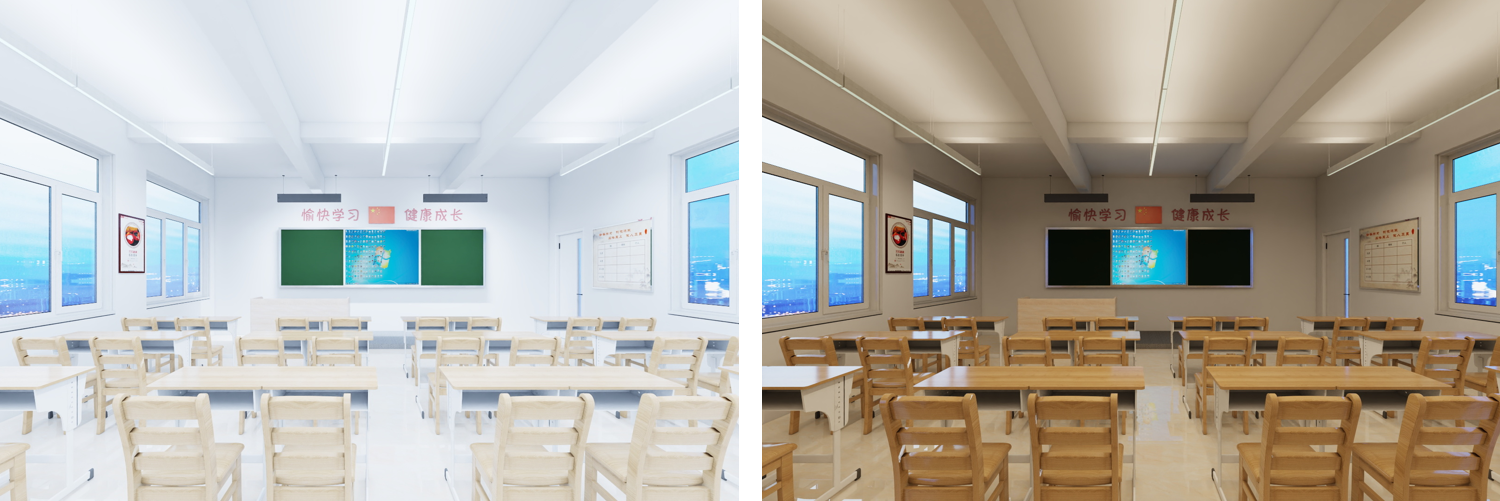
Home design: It is recommended to customize the bedroom according to gender - use cold light in the male work area and warm light in the female leisure area; in the children's room, the lighting in the study corner needs to be adjusted according to the child's gender.
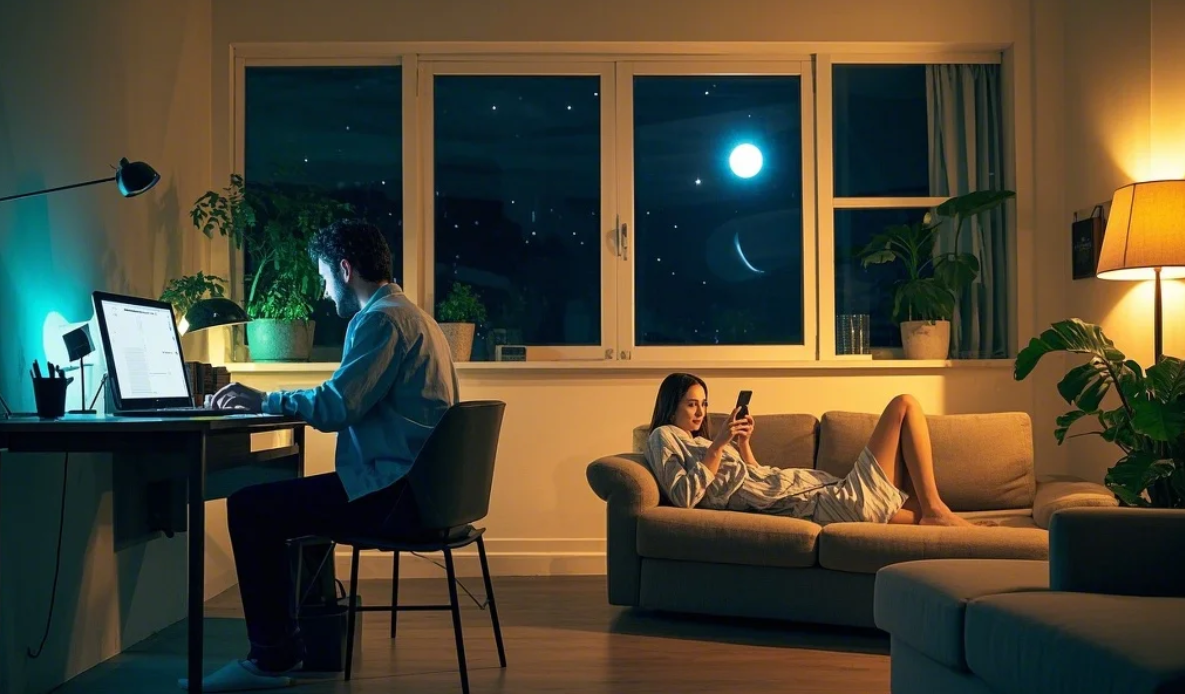
Commercial space: Retail stores can use targeted lighting - cold light in the men's clothing area highlights the texture of the products, and warm light in the women's clothing area creates a warm atmosphere.
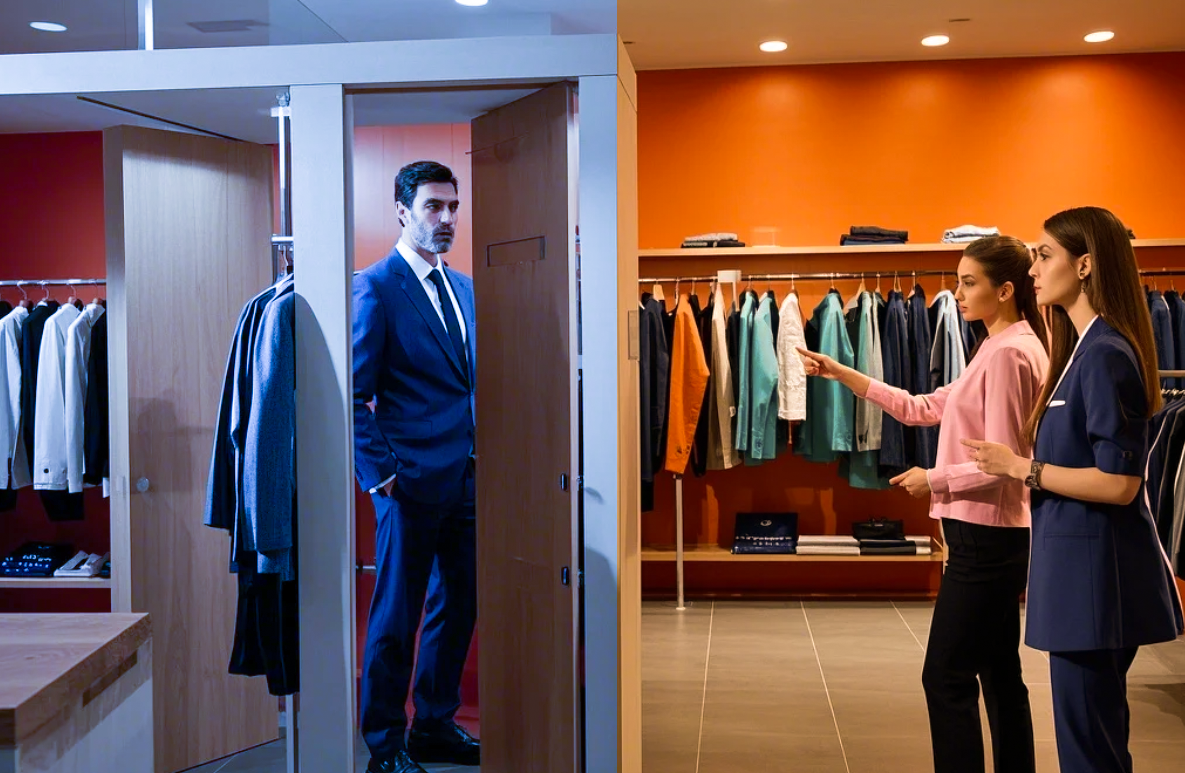
Lighting is not only the "makeup artist" of the space, but also the "invisible commander" that influences behavior. When gender differences collide with color temperature science, every choice made by the designer may change the user experience. Next time you pick up a pen to design, you might as well ask one more question: "Is this light really suitable for YOU?"
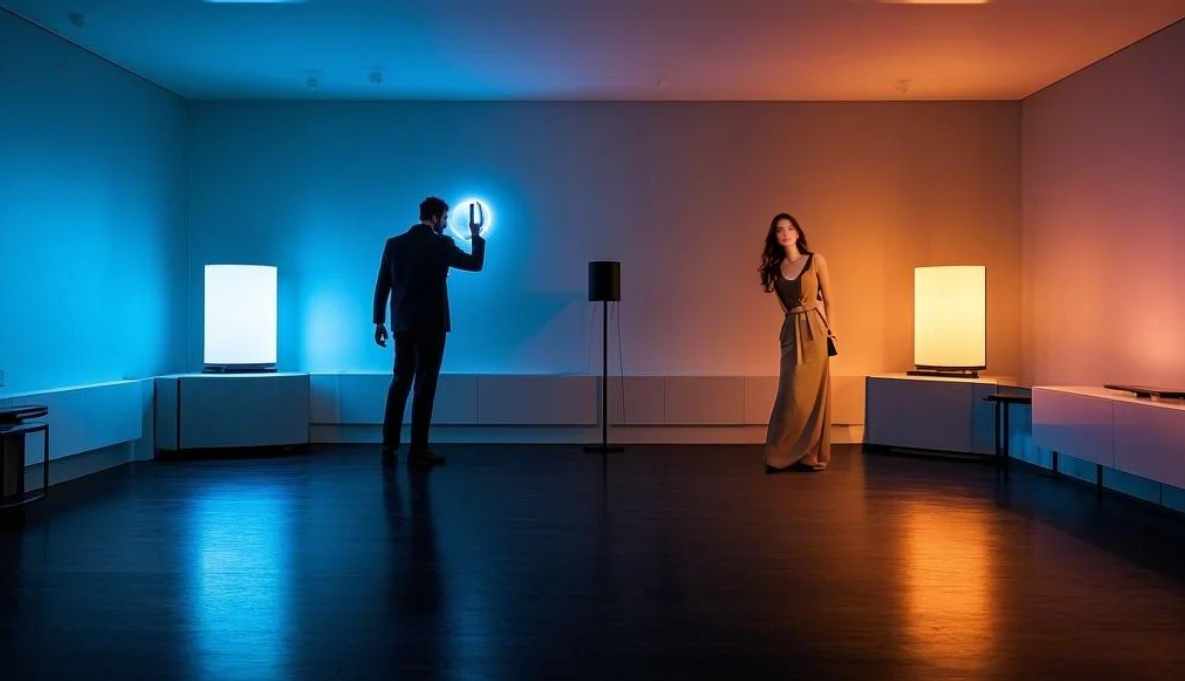
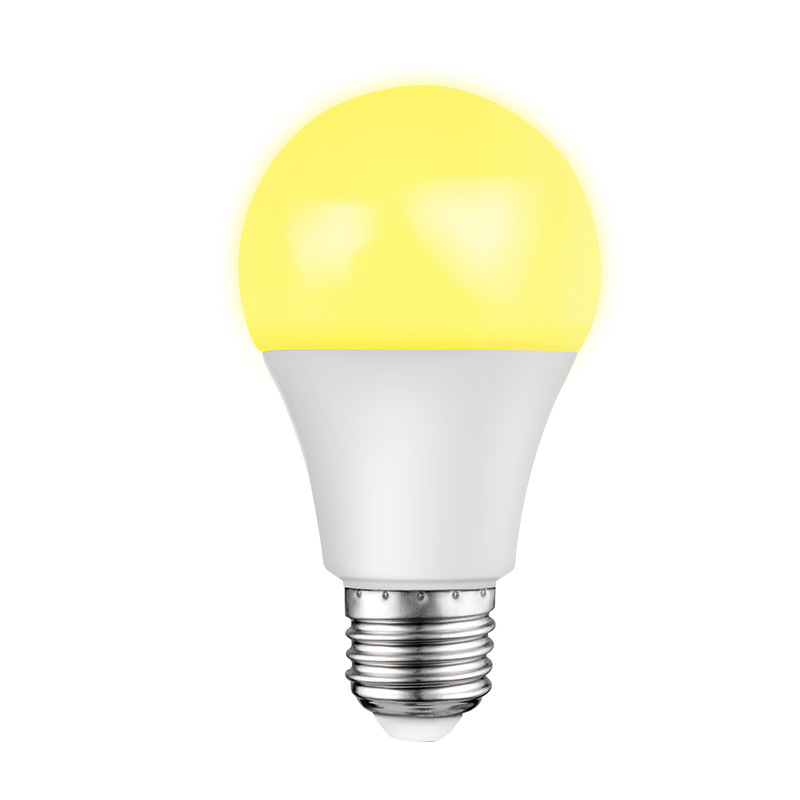 Blue Light and Sleep Disruption: Risks and Solutions with Low-Blue-Light Bulbs
Blue Light and Sleep Disruption: Risks and Solutions with Low-Blue-Light Bulbs
 The Ultimate Guide to Professional LED Lighting: From Core Parameters to Industry Applications
The Ultimate Guide to Professional LED Lighting: From Core Parameters to Industry Applications

